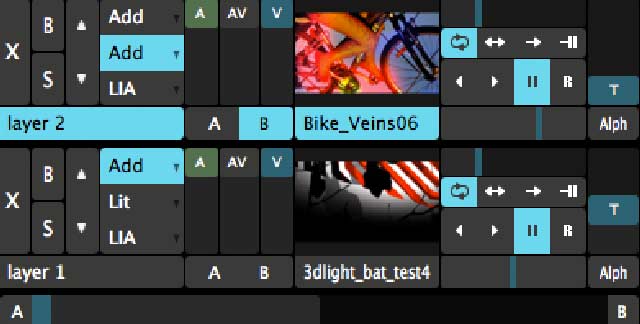
Now it’s Webb’s turn to tell us something we don’t know about these possibly Earth-like planets – in particular TRAPPIST-1c, which is thought to be rocky and Venus-like. Three exoplanets were found around TRAPPIST-1 in 2016 by the Transiting Planets and Planetesimals Small Telescope (TRAPPIST) in Chile, then more by NASA’s now-retired Spitzer Space Telescope.

Webb will soon make the first detailed near-infrared study of the atmosphere of a habitable-zone planet.Ībout 41 light years from Earth, in the constellation of Aquarius, TRAPPIST-1 is a small red dwarf star with seven Earth-sized planets around it – the most we know of so far. See if the TRAPPIST-1 System contains an Earth 2.0 “We will also look for some of the rarest galaxies that existed early on, as well as map the large-scale dark matter distribution of galaxies out to very early times.”ĬOSMOS-Webb is part of the Webb Treasury program, which are datasets that are considered to be so important that they will be made publicly available in perpetuity. “Because we’re covering such a large area, we can look at large-scale structures at the dawn of galaxy formation,” said Caitlin Casey, an assistant professor at the University of Texas at Austin and co-leader of the COSMOS-Webb program. Its NIRCam instrument will point at the same reference area of the night sky as previously imaged by Hubble, but this time should reveal half-a-million as-yet-unseen galaxies in the near-infrared as well as 32,000 galaxies in the mid-infrared.

This is likely to produce data used by scientists for decades. The first and biggest project in Webb’s first year will be COSMOS-Webb, a program to map the earliest galaxies in the universe – the so-called ‘cosmic dawn. (Image credit: eyhan Kartaltepe (RIT) Caitlin Casey (UT Austin) and Anton Koekemoer (STScI) Graphic Design Credit: Alyssa Pagan (STScI))


 0 kommentar(er)
0 kommentar(er)
